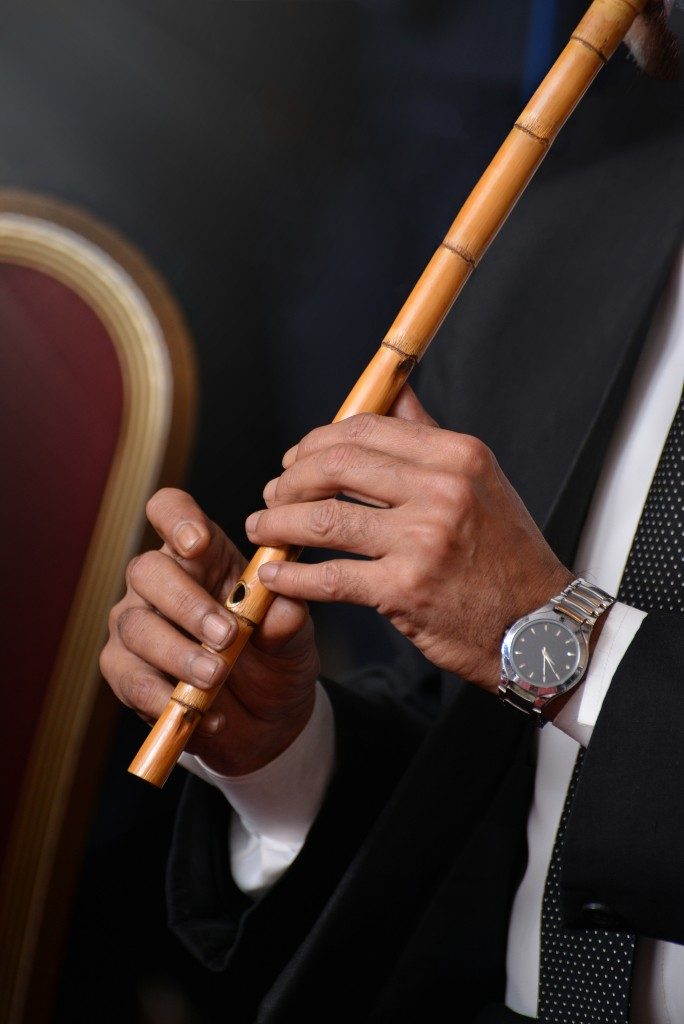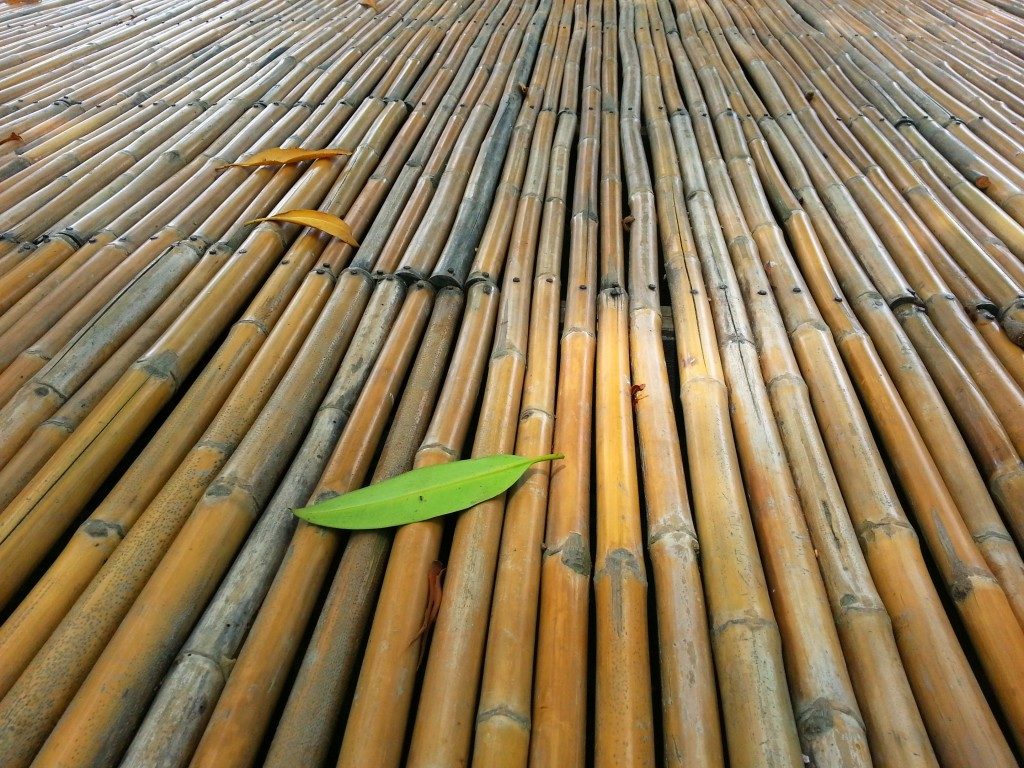Bamboo is more than just an ornamental addition for landscaping. This strange-looking grass (yup, bamboo is grass) has a wide range of uses, some of which might surprise you.
1. Bamboo Beer
Bamboo-based beverages have been around for centuries — most prominently in China. However, when it comes to bamboo beer, credit goes to Mexico. Bamboo beer started serious production in Mexico in 2012 and quickly doubled their output in just three years. Bamboo beer has citrusy and herbal notes with hints of spicy tones underneath. Bamboo beer is wholly organic, containing no additives, preservatives, or other chemicals.
2. Paper Products
Like wood from trees, the bamboo pulp can be made into paper. Since it’s grass, bamboo grows exponentially faster than trees. Bamboos grow at incredible rates, with some species capable of growing three feet within a single day. Bamboos used in papermaking can usually be harvested as early as two to three years and require fewer resources compared to trees. A tenth of China’s paper production came from bamboos, totaling over 1 million tons of paper. Bamboo pulp has also been used in creating other paper products like toilet paper, napkins, and facial wipes.
3. Clothes and Fabrics
Clothing made from bamboo is surprisingly soft and smooth, frequently even more delicate than cotton. Bamboo bedsheets are considered superior to Egyptian cotton, although you might need to go online since bamboo products aren’t exactly mainstream in the USA. Bamboo is both breathable and absorbent. It also has antibacterial properties that eliminate bacteria and allergens. Bamboo fabric is exceptionally supple, just like silk but a lot less expensive. It holds color well but is still biodegradable when disposed of.
4. Musical Instruments

Bamboo has been used in musical instruments in almost every Asian country. From the most apparent bamboo flutes to majestic pipe organs, bamboo is a mainstay in Asian music history. Bamboo has been used to create wind, percussion, and string instruments. Even complex instruments like saxophones and tubas have been made with actual bamboo.
5. Food and Preservatives
Whether they’re stir-fried, served fresh, braised, curried, or pickled, bamboo has been a mainstay in Asian food for quite some time. Bamboo shoots have a very mild taste, and they easily absorb the flavors around them. They are low in calories and high in dietary fiber. In Japan, the anti-oxidant and anti-bacterial properties of bamboo are often used as natural preservatives.
6. Baby Diapers
Bamboo is surprisingly used in making baby diapers — and not the disposable ones! Bamboo’s antibacterial properties make it an excellent material for baby diapers. Bamboo diapers retain their anti-bacterial properties for more than 50 washings, and their softness gives babies a little extra comfort. Bamboo diapers are naturally hypoallergenic, and they can absorb up to 70 percent more water.
Bamboo has a wide range of uses. Bamboo products are biodegradable, environment-friendly, and remarkably inexpensive. Even the process of growing bamboo generates oxygen, and its fast growth makes it one of the most sustainable resources on the planet.

